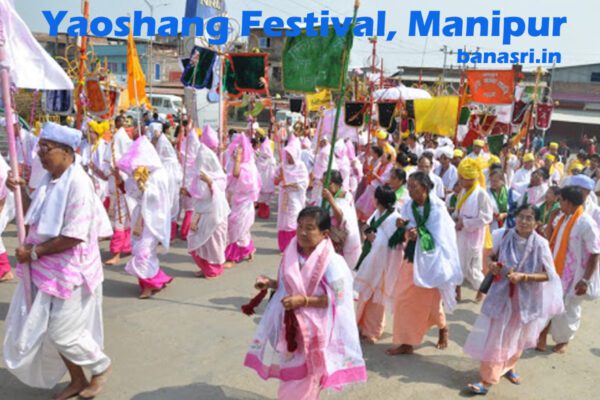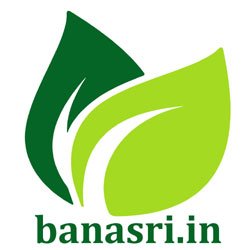
Yaoshang Festival, Manipur: A Vibrant Celebration of Culture and Tradition
Introduction
The Yaoshang Festival, often referred to as the “Holi of Manipur,” is one of the most significant and widely celebrated festivals in the northeastern Indian state of Manipur. This festival, which spans five days, blends traditional rituals with sports and cultural activities, making it unique and colorful.
Timing of the Festival
- When: The Yaoshang Festival is celebrated in the month of Lamta (February-March), starting on the full moon day (Purnima) and lasting for five days.
- Significance: It marks the onset of spring and is deeply rooted in the cultural and religious fabric of Manipur.
Locality of the Festival
- Where: The festival is celebrated across the entire state of Manipur, with the most vibrant celebrations taking place in the Imphal Valley.
- Communities Involved: Primarily celebrated by the Meitei community, the festival also sees participation from various other communities residing in Manipur.
Nature of the Festival
- Type: Yaoshang is a socio-cultural festival that combines religious rituals, sports, cultural performances, and social gatherings.
- Essence: It promotes unity, community bonding, and cultural heritage.
Day-wise Breakdown of the Yaoshang Festival
Day 1: Yaoshang Mei Thaba (Burning of the Straw Hut)
- Rituals: The festival begins with the construction of a small straw hut called “Yaoshang,” which is set ablaze in the evening by the eldest member of the community.
- Symbolism: This act symbolizes the burning of the old and the ushering in of the new, signifying renewal and purification.
- Specialty: The lighting of the Yaoshang is a communal event, bringing together people from all walks of life.
Day 2: Holi Celebrations Begin
- Nature: The second day marks the start of Holi celebrations, where children and youth visit houses to collect donations for organizing sports and cultural activities.
- Activities: Water and color play are significant parts of the festivities, similar to the Holi festival celebrated in other parts of India.
- Specialty: The collected funds are used to organize community sports events and cultural programs throughout the festival.
Days 3-5: Thabal Chongba and Community Sports
- Thabal Chongba (Traditional Dance):
- Activity: One of the main attractions during these days is the Thabal Chongba, a traditional Manipuri folk dance performed in the moonlight.
- Participation: Young men and women join hands and dance in circles to the rhythm of traditional music.
- Specialty: This dance promotes social interaction and is a means for the youth to find potential life partners.
- Community Sports:
- Events: Various sports competitions such as soccer, tug-of-war, and traditional games are organized.
- Engagement: These events see enthusiastic participation from people of all ages and foster a spirit of teamwork and healthy competition.
- Specialty: The sports events are a highlight of the festival, encouraging physical fitness and community spirit.
Specialty of Yaoshang Festival
- Cultural Significance: The festival is a celebration of Manipuri culture and traditions, showcasing the rich heritage of the region.
- Religious Aspects: It involves rituals and prayers dedicated to the local deities, seeking blessings for prosperity and well-being.
- Community Bonding: Yaoshang strengthens community bonds as people come together to celebrate, participate in activities, and share festive meals.
- Youth Engagement: The festival provides a platform for the younger generation to engage in cultural and sports activities, ensuring the preservation and continuation of traditions.
Conclusion
The Yaoshang Festival of Manipur is a vibrant and dynamic celebration that beautifully integrates religious rituals, cultural performances, and sports. It not only marks the arrival of spring but also fosters unity, joy, and cultural pride among the people of Manipur. This festival is a testament to the rich cultural tapestry and communal harmony that defines the region.

I am really impressed with your writing abilities
as neatly as with the format on your weblog. Is
that this a paid theme or did you customize it yourself? Anyway stay up the nice high quality
writing, it is rare to peer a great weblog like this one these days.
TikTok Algorithm!